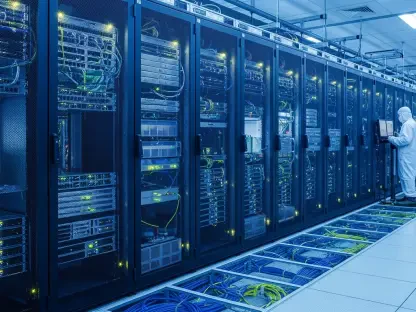Deciding on the right technology stack is crucial for the success of your project. This FAQ will help you understand the key factors, providing clear and concise answers to common questions.
What is a Technology Stack?
A technology stack, or tech stack, refers to the combination of programming languages, tools, and frameworks used in software development. It’s akin to a recipe that brings together various ingredients to create a cohesive system.
Why is Choosing a Technology Stack Important?
Choosing the right stack is vital because it influences the project’s performance, scalability, and maintainability. An appropriate tech stack can enhance development speed and contribute to the software’s long-term success.
What Factors Should I Consider When Choosing a Technology Stack?
Several factors influence the choice of a technology stack:
- Project Requirements: The nature of your project—whether it’s a web application, mobile app, or desktop software—determines the stack.
- Scalability: Ensure the stack can handle growth in user base and data.
- Development Speed: Some stacks support rapid development and prototyping.
- Community and Support: A well-supported stack can save you from potential roadblocks.
- Budget: Some technologies have associated costs, while others are free and open-source.
Can You Give Examples of Common Technology Stacks?
Certainly! Here are a couple of examples:
- LAMP Stack: Linux (OS), Apache (Web Server), MySQL (Database), PHP (Programming Language). Commonly used for web development.
- MEAN Stack: MongoDB (Database), Express.js (Web Framework), Angular (Frontend), Node.js (Backend). Popular for JavaScript-based applications.
How Does the Choice of Programming Language Influence the Technology Stack?
The programming language substantially influences other components of the stack. Each language has strengths and weaknesses, suited to different types of projects. For instance, Python is excellent for data analysis, while JavaScript excels at building interactive web pages.
What is a Full Stack?
A full stack involves both frontend and backend technologies, sometimes including database management and server configuration. A “full-stack developer” is proficient in handling every layer of the stack.
How Do I Evaluate the Performance of a Technology Stack?
Performance can be assessed through:
- Benchmarking: Compare with similar projects or industry standards.
- Load Testing: Check how the stack handles increased traffic and data.
- Code Profiler Tools: Identify bottlenecks in your codebase.
Should I Consider Future Trends When Choosing a Technology Stack?
Absolutely. Staying aware of emerging technologies ensures your project remains relevant. For instance, if you’re starting in 2023, considering frameworks with active development and strong community support is wise.
How Much Does Community and Ecosystem Matter?
A strong community can provide troubleshooting assistance, plugins, extensions, and frequent updates, making development smoother and more efficient.
Recap
Choosing the right technology stack involves multiple factors, such as scalability, development speed, community support, and specific project needs. Understanding various stacks and evaluating their components helps ensure long-term success for your software project.
When making this critical decision, take into account current trends, stack performance, and future scalability, ensuring your choice aligns well with your goals and resources.









